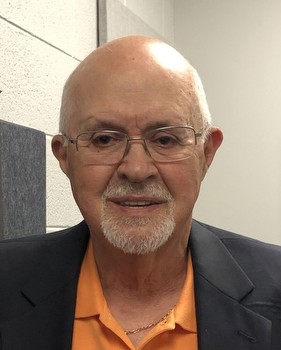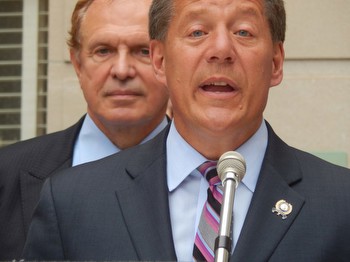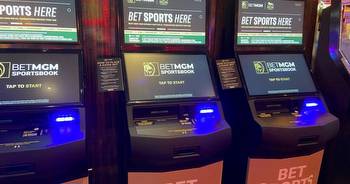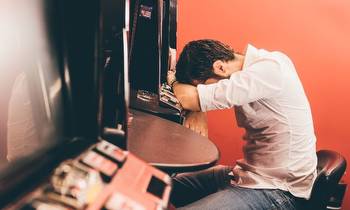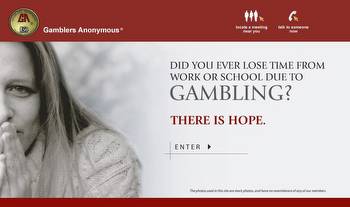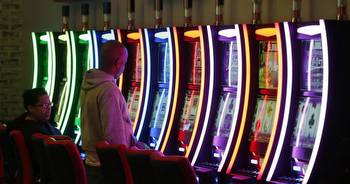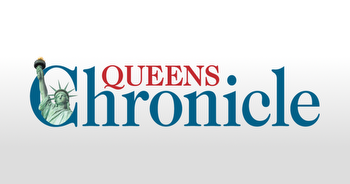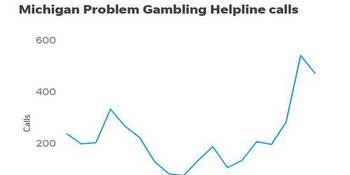NY should spend more to treat gambling addiction
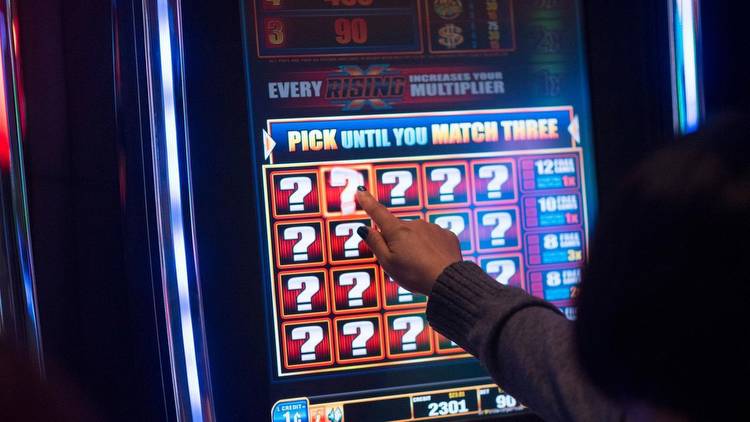
New York State hit the jackpot last year, raking in $4.8 billion in revenues from a growing number of licensed casinos, expanded lottery games and, most notably, the legalization of sports betting, both in-person and online.
According to state Comptroller Tom DiNapoli, most of that money — $4.6 billion or 95% — went to education, with the $200 million balance being split between municipalities and the state’s general fund. A comparatively paltry $9.6 million — 0.2% — went to the New York State Office of Addiction Services and Supports (OASAS) for problem gambling services.
Most New Yorkers who gamble do so as a form of entertainment, but a 2020 OASAS survey found that .7% of gamblers surveyed met the clinical criteria for a severe gambling problem and another 4.4% were at-risk gamblers. Though the percentages seem small, an estimated 250,000 New Yorkers have a severe problem or are at risk and the impact is huge: Problem gamblers often experience family strife, job loss, anxiety, depression and even stress-related medical conditions such as hypertension, cardiovascular disease and peptic ulcers as they chase losses, place bigger bets and incur mounting debts.
The landscape has changed in the last three years. Online and compulsive gambling became more pervasive during the COVID-19 pandemic, and as that ended, mobile sports wagering started in New York. Since January 2022, regulators have approved 10 sportsbooks which advertise aggressively and lure new customers with sign-up bonuses, rebates on losses, and other promotions.
Males, younger people, African Americans and those in lower income brackets appear to be at highest risk for problem gambling, along with those struggling with depression. Online sports betting ups the ante; smartphone-savvy young adults who think their sports knowledge gives them an edge and crave the dopamine rush that accompanies a big score now have a private casino beeping, flashing and beckoning them 24/7.
DiNapoli’s report notes that $6 million in additional funding for problem gambling prevention, treatment and recovery support is forthcoming from sports betting proceeds, but also correctly cautions about potential risks to young people and the need for deeper impact studies.
On Long Island, Jake’s 58 in Islandia will soon double its VLT slot machines from 1,000 to 2,000 and there’s a good chance the Nassau County Hub will get a casino resort when the state awards three new casino licenses, possibly next year. Online casino gaming probably isn’t far behind as lawmakers eye future budget holes.
New revenues, job opportunities and entertainment options are worth pursuing, but only if government actively works with the gaming industry to mitigate the social and economic impact of continuously expanding gambling opportunities.
Gaming companies — especially those operating virtually — should do more to screen out minors with fake accounts, problem gamblers, and those whose betting patterns suggest a potential problem. Prevention messaging as bold and compelling as the enticements would help.
The state should conduct a comprehensive needs assessment to identify the number and location of individuals who need treatment and work with existing addiction treatment providers to launch new programs, using a larger portion of gambling revenues. Gov. Kathy Hochul should put at least $5 million into the upcoming state budget proposal to launch a statewide public education campaign — heavily focused on social media and sports websites — to reach young male sports fans, who are most at risk.
That’s how we hedge against gambling’s downsides and protect vulnerable individuals, their families and communities.
This guest essay reflects the views of Jeffrey L. Reynolds, president and chief executive of the Garden City-based nonprofit Family and Children’s Association.








